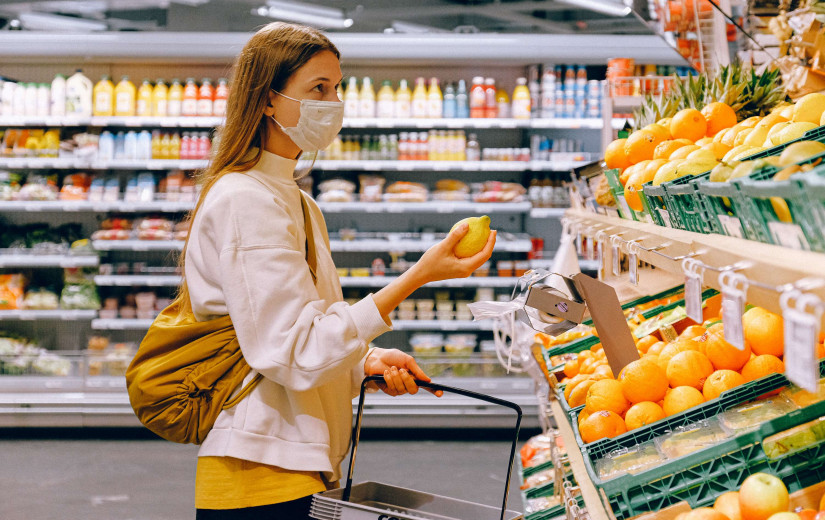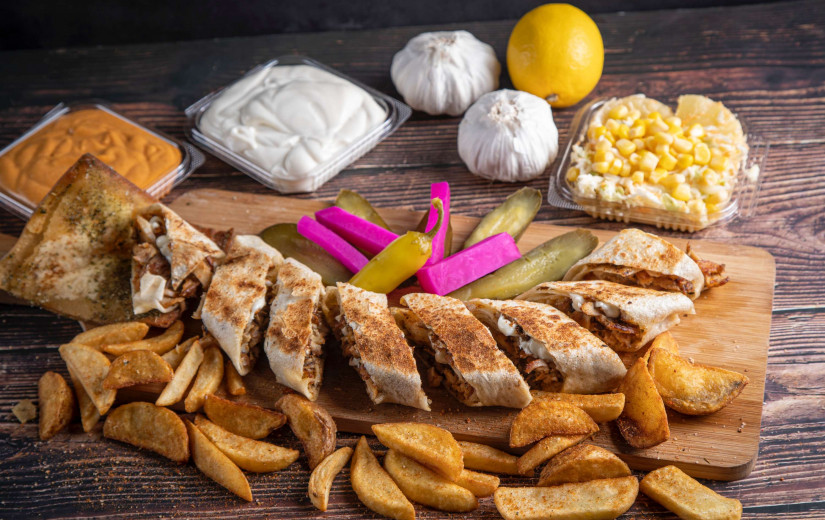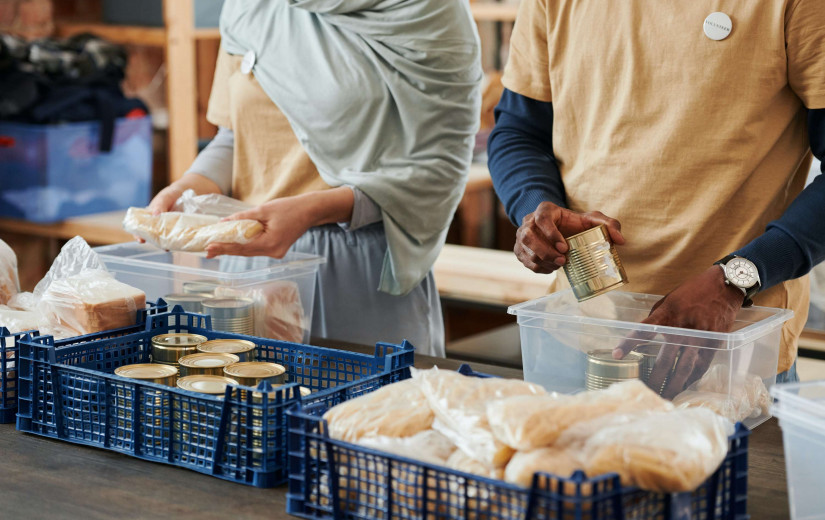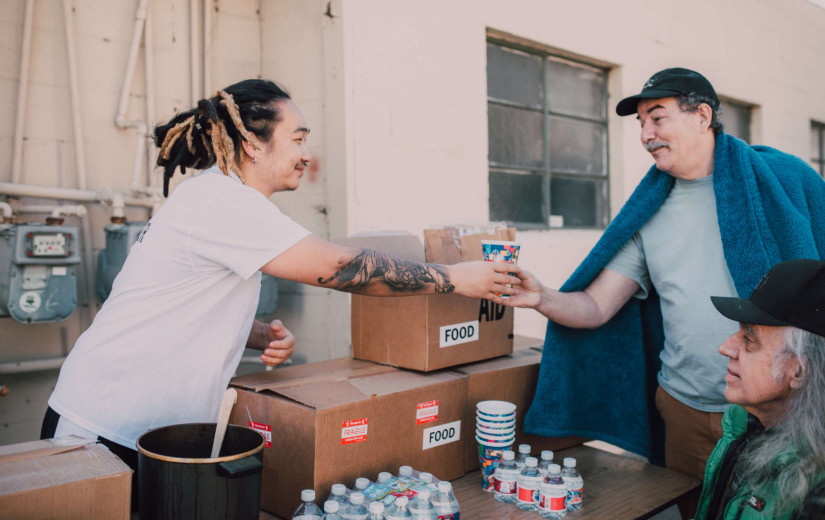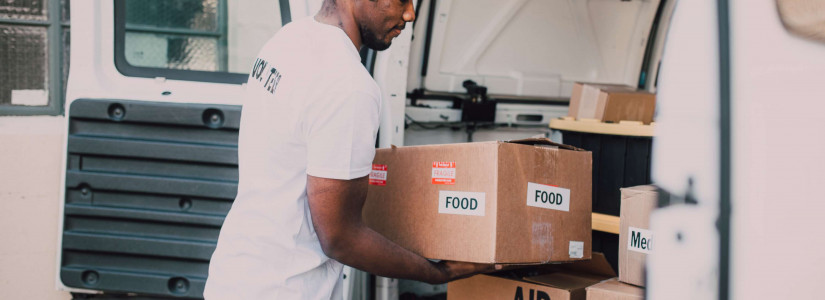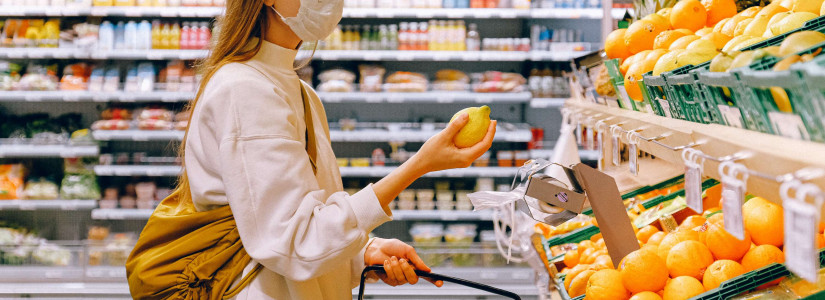Listeria Outbreak Have You Concerned? Here is What You Need to Know
The U.S. Centers for Disease Control and Prevention (CDC) officially warned Americans of a listeria outbreak last week. The individuals impacted by this outbreak thus far are either living in Florida or have traveled to the state recently. The CDC has been able to identify 23 confirmed cases of the disease associated with listeria, known as listeriosis. Here is what you need to know about listeria, this particular outbreak, and the symptoms to look out for.
Details of Current Listeria Outbreak
In addition to Florida, the cases have been identified in people living in Colorado, Georgia, Illinois, Kansas, Massachusetts, Minnesota, New Jersey, New York, and Pennsylvania. One of these cases has led to death.
The CDC was quick to warn that the number of true cases is likely much higher than those that have been reported and confirmed. Because some people only exhibit mild symptoms, it may not trigger a visit to the doctor.
The ages of those infected in this current outbreak range from an infant to a 92-year-old. The first reported case was in January 2021 and there are cases still being reported as late as the end of June, signaling that the outbreak is not likely over.
CDC investigators have determined that Big Olaf Creamery ice cream is to blame for the outbreak. This ice cream brand is sold only in Florida. CDC officials are advising consumers to throw away any Big Olaf Creamery ice cream. In addition, you should thoroughly disinfect any containers, dishes, or serving utensils that came into contact with the product.
How Listeria Grows on Food
Listeria is caused by a bacteria known in scientific circles as listeria monocytogenes. Eating food contaminated with this bacteria can cause listeriosis. According to the U.S. Food and Drug Administration (FDA), the bacteria can be found in dead animals, water, soil, and decaying produce.
Listeria is typically transmitted to humans through food that has been contaminated with the bacteria. This contamination can occur at a variety of stages of the harvesting, processing, and transport of the food, making it difficult to pinpoint where the moment of contamination occurred.
Refrigerating your food does not always kill the bacteria or prevent it from growing. This means that foods the types of foods most likely to harbor the dangerous bacteria are those that have a long shelf-life when refrigerated and that are designed to be consumed without being cooked.
The most common types of foods that are involved in this type of outbreak include hot dogs, deli meat, smoked salmon, dairy products, prepared salads, and fresh produce.
Dangers of Listeria
How much do you need to worry if you know that you have been exposed to listeria? The severity of the disease largely depends on your individual risk factors. Older individuals and those that are immune-compromised are most at risk of developing a serious infection.
You are more likely to weather the illness better if the bacteria remains in the gastrointestinal tract and does not spread to other parts of the body. Most individuals will recover within a few days if the disease does not spread.
The most common symptoms include nausea, vomiting, fever, and diarrhea. While there is no specific medicine to treat listeria, staying hydrated is extremely important.
If the bacteria and infection spread to other parts of the body outside of the gastrointestinal tract, it is now known as invasive listeriosis. The most likely landing spaces for invasive listeriosis are the central nervous system and the blood stream.
Symptoms of invasive listeriosis include low blood pressure, elevated heart heart, confusion, neck stiffness, loss of body control, and seizures.
Listeria is particularly dangerous in pregnant women. This is why many OB/GYNs recommend that their patients avoid eating deli meat.
Preventing Listeria
The best way to avoid a listeria infection is to employ good food handling practices. This means that you need to separate raw and cooked food. Thoroughly cleaning your fresh produce is also a good practice. Be sure to keep your food at a safe temperature throughout the refrigeration and cooking process.
Those people in high-risk groups should take care to avoid foods that are more likely to harbor the bacteria. This includes ready-to-eat meat products and dairy products that contain unpasteurized milk.
Understanding your listeria risks and how you can mitigate the danger is a good health and wellness practice.




